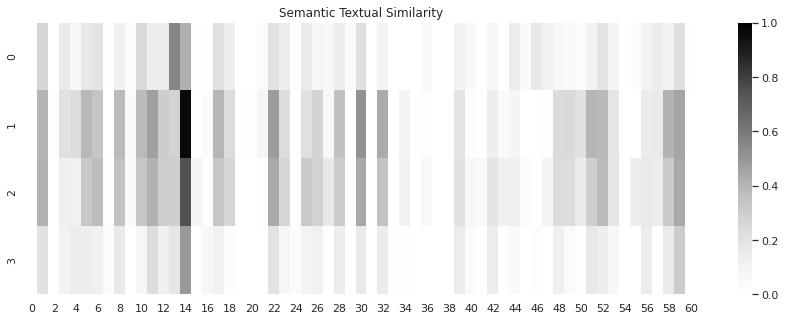Using Deep Neural Networks to Analyze Priority Claims to Provisional Applications
Patents often claim the benefit of a provisional application. Provisional applications are a great tool to help ensure an early priority date. As I have previously noted:
a comprehensive provisional patent (or series of provisional patents) may be the best first step for starting to protect the IP for an inventor, a startup or new product at an established company, because it can be done relatively quickly to secure the earliest possible filing date, and then converted into a full non-provisional filing.
See Starting The Patent Process with a Detailed Provisional Patent Application.
However, often provisional applications are not as detailed as the later filed non-provisional applications. The patent claims are only entitled to the date of the provisional application for material that was disclosed in the provisional; not new matter that was added in a later filed non-provisional application.
Like the analysis that was performed in Using Deep Neural Networks to Analyze Specification Support and Automate the Creation of Specification Support Charts, deep neural network can also be used to help analyze priority claims to provisional applications.
As an example, we will analyze Claim 1 of U.S. Patent 6285999 titled "Method for node ranking in a linked database" (sometimes referred to as Google’s “PageRank” Patent). The '999 PageRank Patent claims the benefit of provisional application is 60/035,205. The provisional is not identical to the non-provisional patent application that was filed a year later. The provisional application is an 8-page paper written by Larry Page describing his "BackRub" search engine and PageRank at a high level.
Interestingly, during prosecution of the '999 Patent, the primary reference applied by the Examiner was overcome by reliance on the '205 provisional application priority date. Does Mr. Page's provisional application support the claims that ultimately issued in the '999 PageRank Patent? We can use deep neural network sentence encoders to help us analyze this question.
Using Deep Neural Networks to Automate the Creation of Specification Support Charts
The provisional application PDF can be obtained, converted to text with optical character recognition, and then loaded into a vector containing each paragraph or sentence of the provisional disclosure. It can then be compared to the claim element vector as previously discussed.
The results of this comparison of the '205 Provisional to the '999 PageRank Patent claims is shown below. Comparing the heat map to the one in my prior article, we can see the support initially appears that it may not be as strong as the support in the later filed patent.
Automatically Generated Provisional Support Chart Heat Map.
Automatically Generated Non-Provisional Support Chart Heat Map.
The automatically generated provisional application claim support chart, below, can help us further understand the differences in the support provided by the provisional as compared to the later filed non-provisional application.
This technique can be used to determine which claim elements are the most vulnerable to attack when the provisional application date is relied upon for priority.
If you would like to explore this process further, contact JDB IP.







